Showing 97–91 of 91 results
-
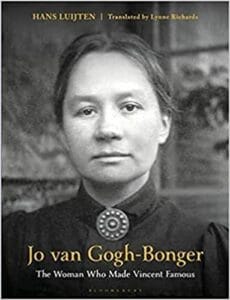
R500Little known but no less influential, Jo van Gogh-Bonger was sister-in-law of Vincent van Gogh, wife of his brother, Theo. When the brothers died soon after each other, she took charge of Van Gogh’s artistic legacy and devoted the rest of her life to disseminating his work.
Despite being widowed with a young son, Jo successfully navigated the male-dominated world of the art market-publishing Van Gogh’s letters, organizing exhibitions in the Netherlands and throughout the world, and making strategic sales to private individuals and influential dealers-ultimately establishing Van Gogh’s reputation as one of the finest artists of his generation. In doing so, she fundamentally changed how we view the relationship between the artist and his work.
-
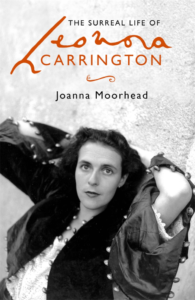
In 2006 journalist Joanna Moorhead discovered that her father’s cousin, Prim, who had disappeared many decades earlier, was now a famous artist in Mexico. Although rarely spoken of in her own family (regarded as a black sheep, a wild child; someone they were better off without) in the meantime Leonora Carrington had become a national treasure in Mexico, where she now lived, while her paintings are fetching ever-higher prices at auction today.
-
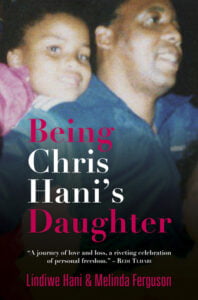
R250When Chris Hani was assassinated in his driveway in April 1993, he left a shocked and grieving South Africa, teetering on the precipice of civil war. But to 12-year-old Lindiwe Hani, it was the love of her life, her daddy, who had been brutally ripped from her world. While the nation continued to revere her father’s legacy, for Lindiwe, being Chris Hani’s daughter became an increasingly heavy burden to bear, propelling her into a downward spiral of cocaine and alcohol addiction in a desperate attempt to avoid the pain of his brutal parting.
-
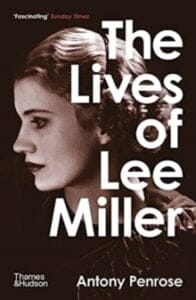
R250Featuring a selection of her finest work, including portraits of her friends Picasso, Ernst and Miro, Penrose’s tribute to his mother brings to life a uniquely talented woman and the turbulent times in which she lived.
-
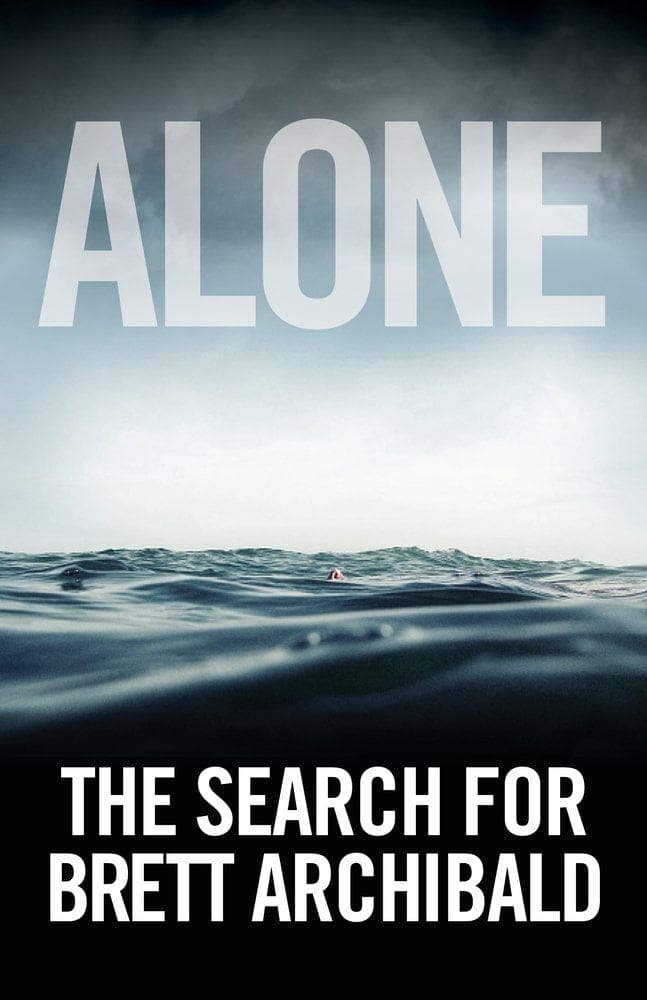
Publisher: Jacana Media
Paperback / Softback
320 Pages
-
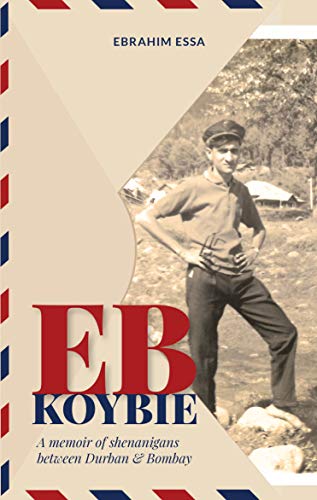
R160“I had five paternal uncles, four in South Africa and one in India. For some reason, each uncle had a son named Ebrahim. What a stupid idea. It made me feel like a sausage from a boerewors factory.”
-
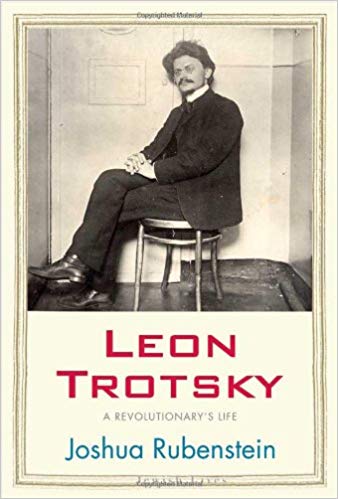
R300Here, Trotsky emerges as a brilliant and brilliantly flawed man. Rubenstein offers us a Trotsky who is mentally acute and impatient with others, one of the finest students of contemporary politics who refused to engage in the nitty-gritty of party organization in the 1920s, when Stalin was maneuvering, inexorably, toward Trotsky’s own political oblivion.
-
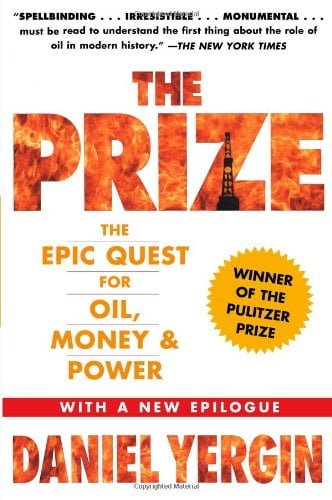
Deemed “the best history of oil ever written” by Business Week and with more than 300,000 copies in print, Daniel Yergin’s Pulitzer Prize–winning account of the global pursuit of oil, money, and power has been extensively updated to address the current energy crisis.
-
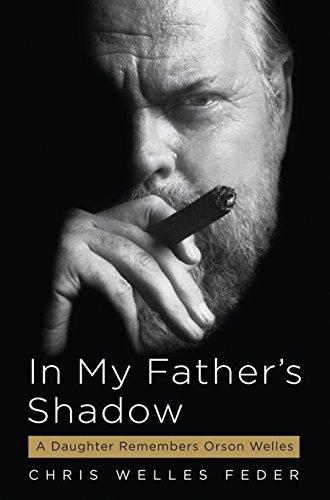
R180Of all the myriad stars and celebrities Hollywood has produced, only a handful have achieved the fame – and, some would say, infamy – of Orson Welles, the creator and star of what is arguably the greatest film ever, Citizen Kane. Many books have been written about him, detailing his achievements as an artist as well as his foibles as a human being. None of them, however, has come so close to the real man as Chris Welles Feder does in this beautifully realised portrait of her father.
-
Sale!

R220 Original price was: R220.R180Current price is: R180.In 1956 Time magazine referred to Pollock as “Jack the Dripper”. His iconic paintings stretch out with the generosity and scale of America’s Western landscape where the artist grew up. Pollock said that he painted “out of his conscious”: the cathartic dribbled paint reflected his troubled mind.










